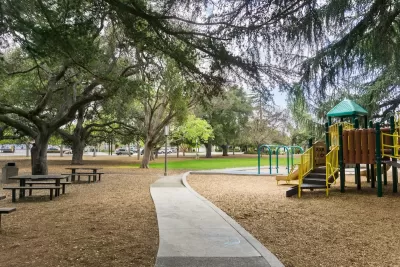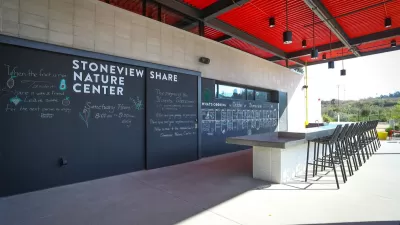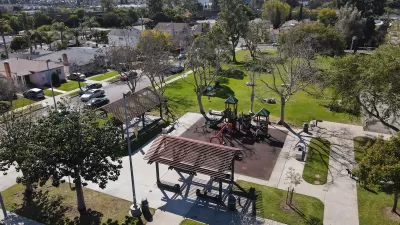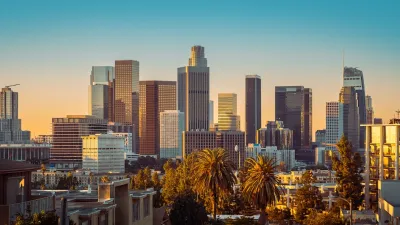Securing the care and maintenance of parks in the long-term requires sustained funding, equitable resource allocation, and political leadership and will.

Parks are indispensable assets for communities, offering recreational spaces, promoting mental and physical health, fostering social connections, and supporting environmental sustainability. They improve air and water quality, reduce urban heat, and enhance biodiversity, making them critical to both public health and environmental goals. However, a significant gap exists in funding for their ongoing maintenance and operations. While there are grants that fund park creation, they rarely address long-term care, leaving municipalities to struggle with routine maintenance costs like landscaping, repairs, and staffing. Without adequate support, parks can deteriorate, jeopardizing safety and diminishing their benefits to the community.
The lack of sustained funding for park maintenance disproportionately affects underserved communities. Parks in low-income neighborhoods, where they are most needed, often fall into neglect due to insufficient resources. This exacerbates existing inequities, depriving residents of safe, functional green spaces for recreation and connection. Equitable access to well-maintained, high quality parks requires a shift in funding priorities, emphasizing long-term investments over one-time projects. Solutions include dedicated funding streams, partnerships with nonprofits and private entities, and community engagement to supplement resources for ongoing care.
Addressing the park maintenance funding gap requires strong political will and leadership. Policymakers must prioritize parks as critical infrastructure, advocating for dedicated funding mechanisms and equitable resource allocation. This involves rallying public support, fostering collaboration across sectors, and ensuring maintenance funding is built into legislative and budgetary decisions. By committing to the long-term stewardship of parks, leaders can safeguard their benefits for future generations, enhancing public health, environmental sustainability, and community equity.
FULL STORY: From Creation to Care: The Need for Ongoing and Additional Funding to Operate and Maintain Parks

Study: Maui’s Plan to Convert Vacation Rentals to Long-Term Housing Could Cause Nearly $1 Billion Economic Loss
The plan would reduce visitor accommodation by 25,% resulting in 1,900 jobs lost.

North Texas Transit Leaders Tout Benefits of TOD for Growing Region
At a summit focused on transit-oriented development, policymakers discussed how North Texas’ expanded light rail system can serve as a tool for economic growth.

Why Should We Subsidize Public Transportation?
Many public transit agencies face financial stress due to rising costs, declining fare revenue, and declining subsidies. Transit advocates must provide a strong business case for increasing public transit funding.

How to Make US Trains Faster
Changes to boarding platforms and a switch to electric trains could improve U.S. passenger rail service without the added cost of high-speed rail.

Columbia’s Revitalized ‘Loop’ Is a Hub for Local Entrepreneurs
A focus on small businesses is helping a commercial corridor in Columbia, Missouri thrive.

Invasive Insect Threatens Minnesota’s Ash Forests
The Emerald Ash Borer is a rapidly spreading invasive pest threatening Minnesota’s ash trees, and homeowners are encouraged to plant diverse replacement species, avoid moving ash firewood, and monitor for signs of infestation.
Urban Design for Planners 1: Software Tools
This six-course series explores essential urban design concepts using open source software and equips planners with the tools they need to participate fully in the urban design process.
Planning for Universal Design
Learn the tools for implementing Universal Design in planning regulations.
City of Santa Clarita
Ascent Environmental
Institute for Housing and Urban Development Studies (IHS)
City of Grandview
Harvard GSD Executive Education
Toledo-Lucas County Plan Commissions
Salt Lake City
NYU Wagner Graduate School of Public Service





























